In injection molding, plastic selection is crucial, encompassing hardness, flexibility, heat resistance, UV resistance, melting temperature, viscosity, and more. Let's delve into the process of material selection and its impact on product design and production.
Step one: lay the foundation for part design. A clear understanding of the product's final form and function guides subsequent material choices.
Step two: prototype iteration for design optimization. Material properties begin to emerge during this stage, influencing molding effects and performance.
Step three: moving towards production with challenges. Material selection in injection molding affects not only the final product performance but also every aspect of the production process.

Medical plastic applications, while unique, are heavily influenced by other steps and vice versa. How you execute the resin selection process and how your development team collaborates will have a profound impact on the outcome. Considering material selection early on offers greater flexibility and advantages.
Injection resins possess various qualities that impact both the production process and the final product performance. Let's briefly review these key qualities:
Hardness: the material's ability to resist external forces, avoiding wear or indentation, crucial for aesthetics and precision.
Flexibility: the material's ability to recover its original shape without breaking after bending, requiring comprehensive consideration alongside hardness.
Heat Resistance: the material's behavior under extreme temperatures, essential for products used in high or low-temperature environments.
UV Resistance: for outdoor applications, the material's UV resistance determines its ability to maintain properties under direct sunlight.
Additionally, melting temperature, viscosity, melting characteristics, wear and lubrication performance, and chemical resistance are indispensable considerations in material selection.
When selecting materials, you need to answer a series of key questions:
What type of part are you manufacturing? The part's type, appearance, industry of use, and size all have a profound impact on material selection.
How complex will the production be? The part's complexity, mold design, and whether multiple materials or overmolding are involved require careful consideration of material viscosity, melting temperature, etc.
What is the intended use of the part? The environment in which the part will be used, whether it needs to withstand high impacts, or operate in harsh conditions, will dictate material choices.
In summary, plastic selection plays a pivotal role in injection molding. It not only affects the final product performance and application but also profoundly influences the complexity and efficiency of the entire production process. Therefore, during design and production, it is essential to fully consider the various properties of materials to ensure your product meets the desired outcomes and quality.
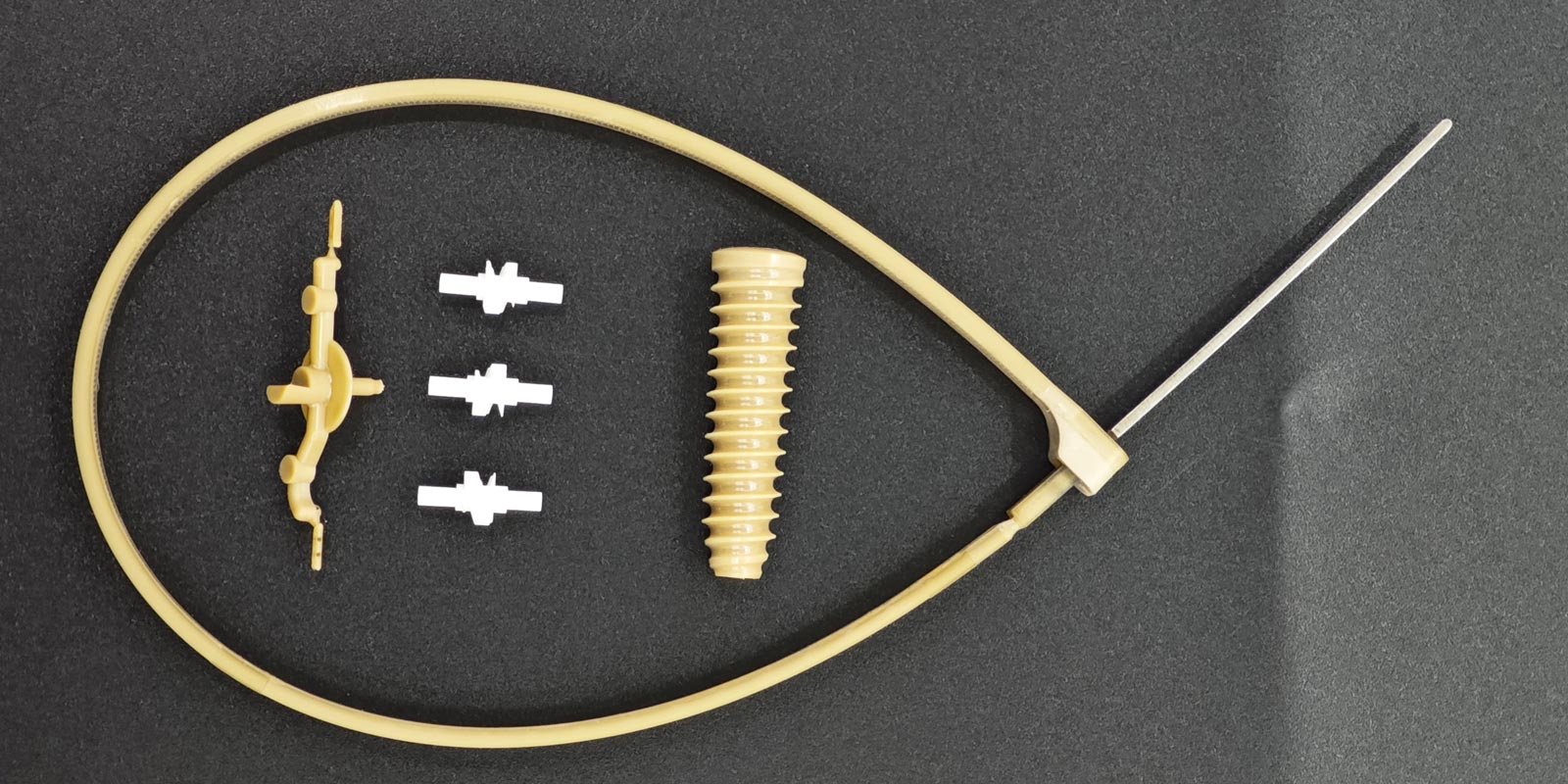
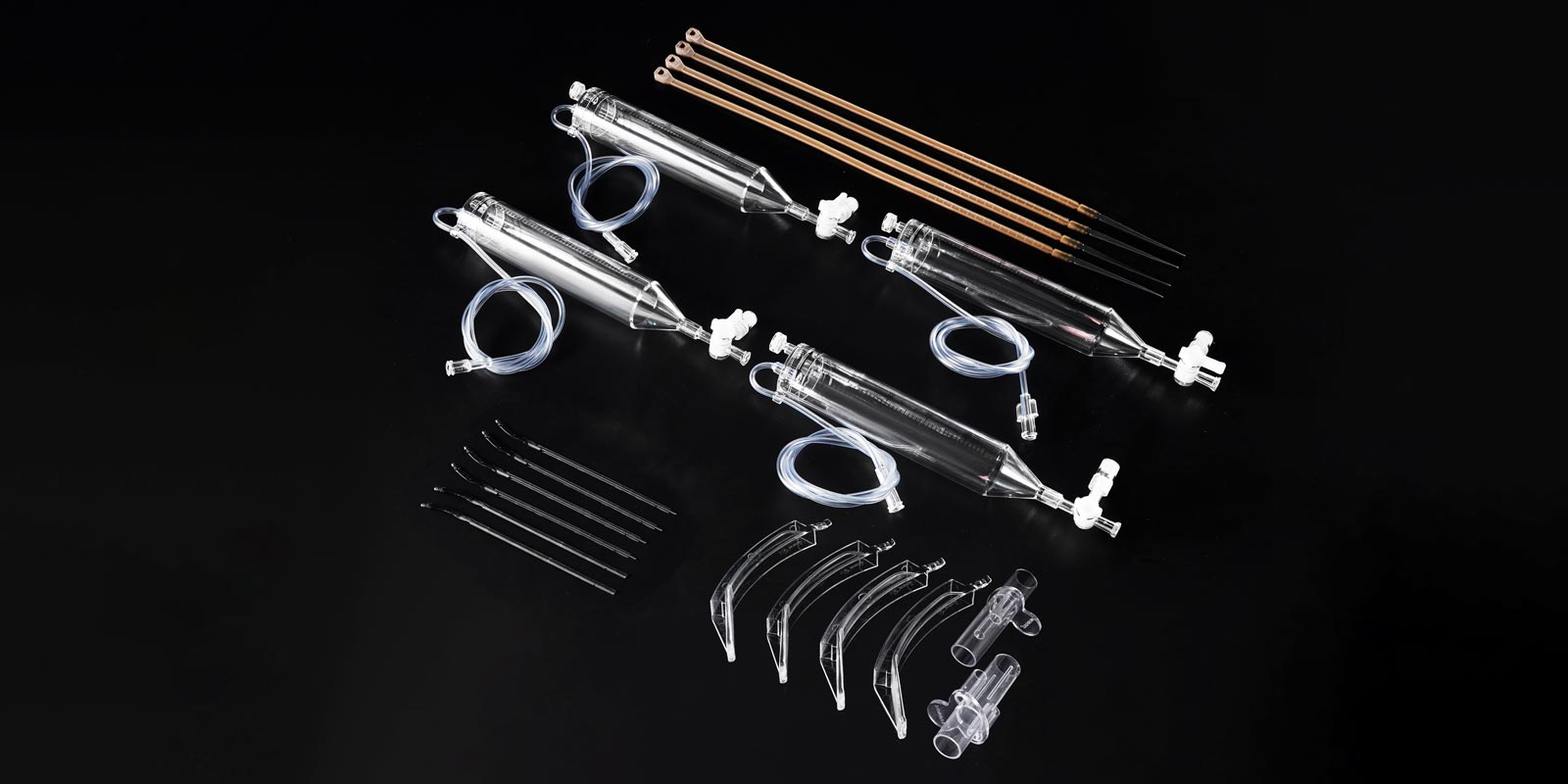
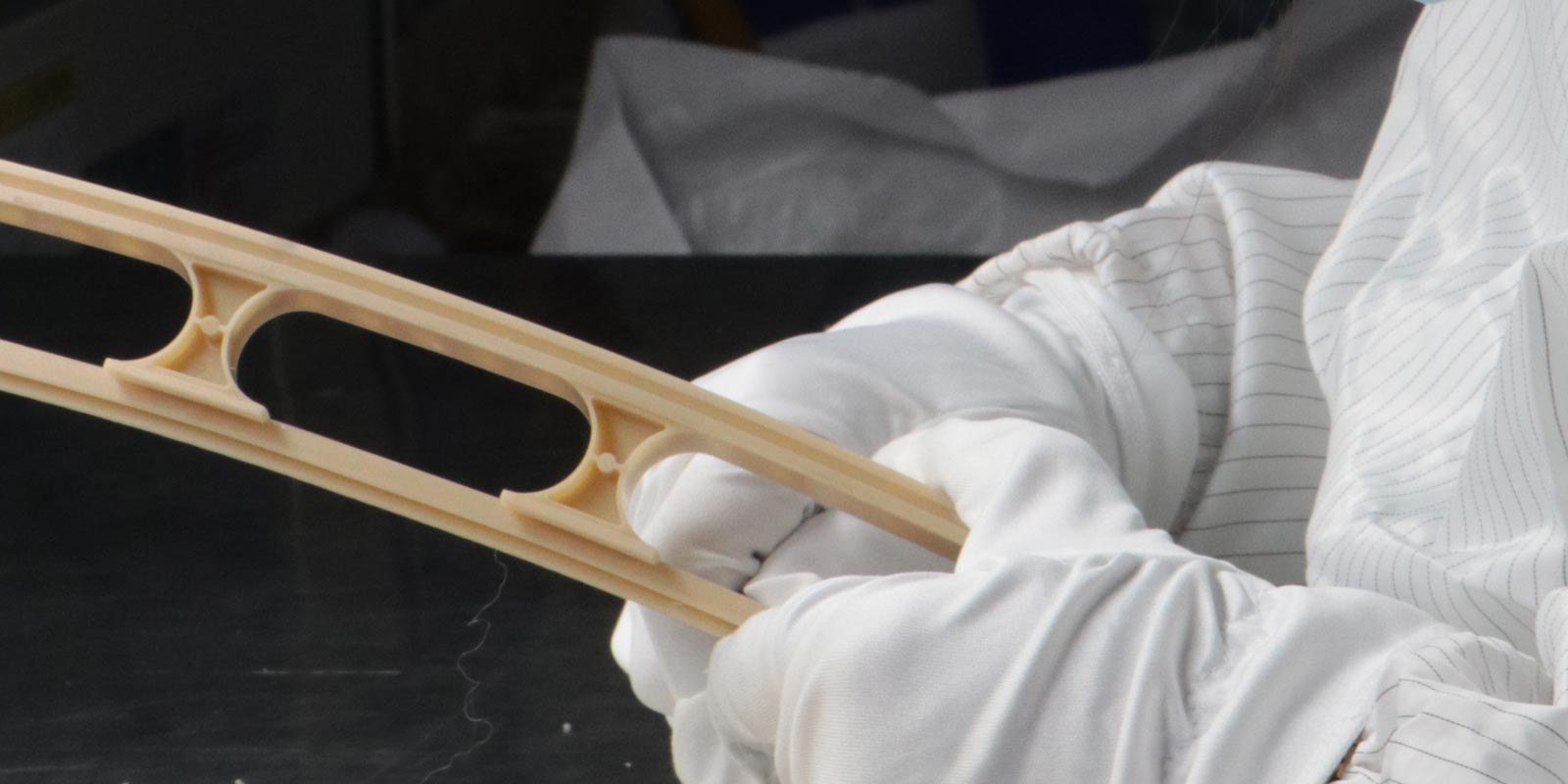
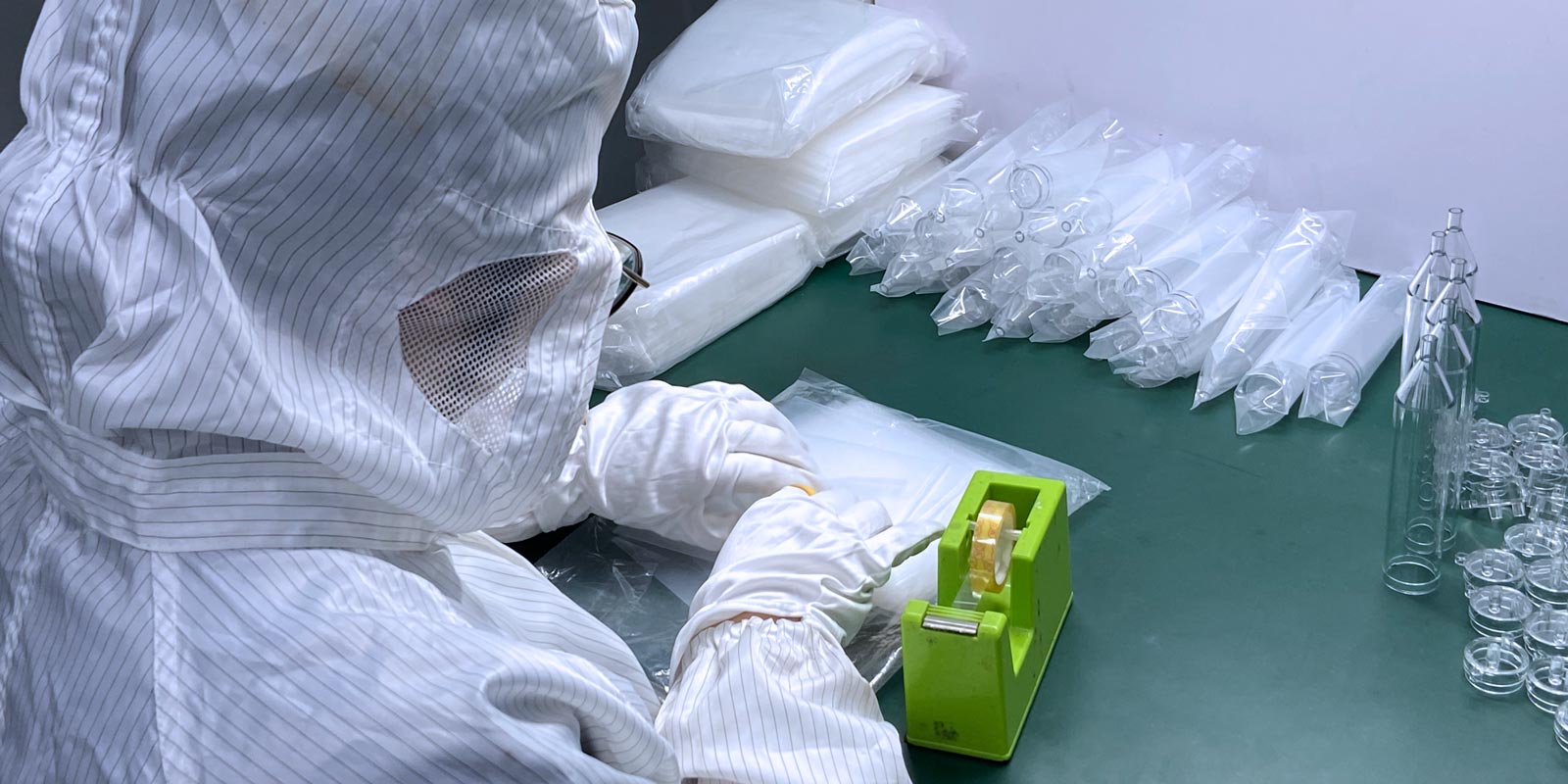
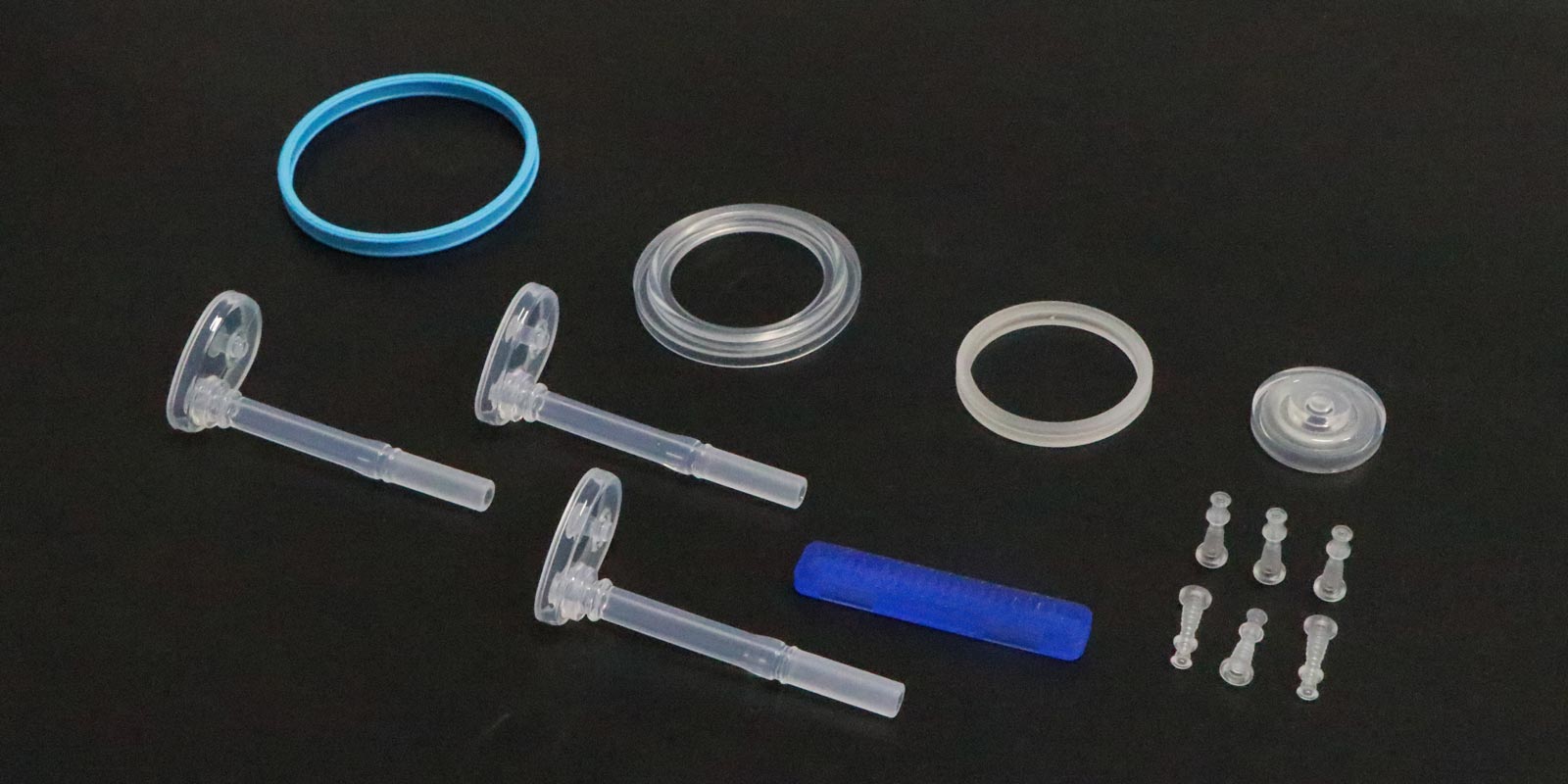











 Home
Home
